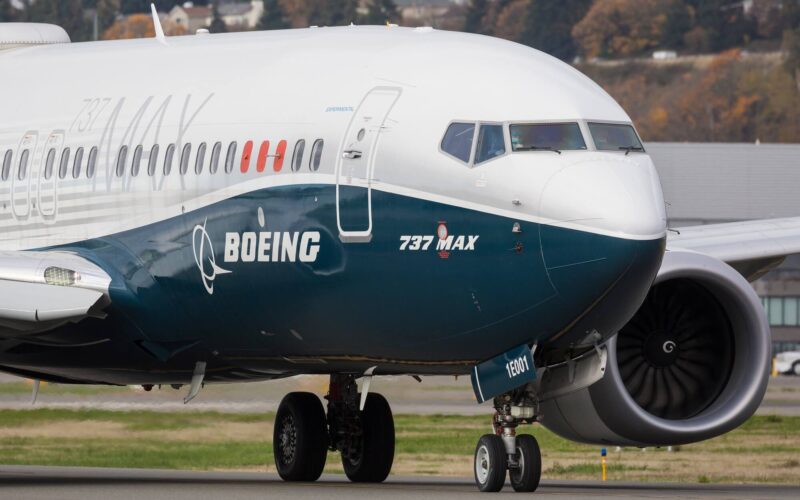Following a recent draft legislative proposal, United States (US) Senator Maria Cantwell, a Democrat from Washington, has asked the Federal Aviation Administration (FAA) for further clarity on how it certified the Boeing 737 MAX, a newly revealed letter to the FAA showed.
Cantwell, who drew up the draft proposal to extend the deadline for the certification of the Boeing 737 MAX-7 and MAX-10, sent the letter directly to the FAA’s Acting Administrator, Billy Nolen. The letter, dated November 23, 2022, was seen and reported by Reuters.
In the letter, the long-standing legislator from Washington asked for further clarity on the FAA’s safety analysis processes, in particular those related to the certification of the Boeing 737 MAX aircraft and the type’s compliance with flight crew alerting requirements. Cantwell also pointed out that the Aircraft Certification, Safety, and Accountability Act (ACSAA) was passed into legislation out of necessity showcased in the wake of the two 737 MAX crashes, which claimed the lives of 346 people.
“Among those reforms, Congress directed robust system safety assessments for the Boeing 737 MAX, including the 737-7 and 737-10 airplanes, and incorporation of design enhancements (including flight deck alerts and indications), pilot procedures, and/or training requirements, where needed, in the interest of safety,” the letter to the FAA read.
737 MAX certification in peril
While the Boeing 737 MAX-8 and MAX-9 were allowed to fly once again in November 2020 in the US, the 737-7 and 737-10 were still in the middle of their certification programs during the grounding period.
As such, following the enactment of ACSAA, which goes into effect on January 1, 2023, Boeing risks having to retrofit modern safety management systems onboard these aircraft, potentially setting back the aircraft manufacturer financially. Furthermore, airlines will have to provide pilots with additional training, increasing the total operating costs of the two aircraft.
“When justifying the aircraft’s return to service, FAA noted that the 737 MAX’s flight crew alerting system is based on the 737 NG’s [Boeing 737 Next Generation, the previous generation of the aircraft family – ed. note] flight crew alerting system,” the letter continued, pointing out that the aviation administration noted that the extensive fleet service history showed it to “be safe and effective”. According to Cantwell, the FAA indicated that no extensive changes were made to the alerting system from the NG to the MAX, allowing the aircraft family to maintain commonality and making additional pilot training inessential.
That sentiment was echoed when the FAA recertified the 737 MAX, with Cantwell citing the FAA’s conclusion that the crew alerting system on both types did not “substantially change”.
However, the Senator pointed out that per the Congressionally-mandated MITRE Study of Type Certification Reform, “the exception granted by the FAA for pilot alerting on the 737 MAX was a critical link not only in the chain of events that led to the accidents but also Boeing’s decision to in limit the disclosure of MCAS [Maneuvering Characteristics Augmentation System – ed. note].”
“To clarify and ensure a fuller understanding of the FAA’s safety analysis in this case, I am requesting additional information,” the letter continued.
Cantwell raised four questions for the FAA, including requesting explanations on how the 737 MAX complied with certain provisions, while being exempt from others and what was lacking on those systems to be fully certified by the FAA.
“To the extent FAA has identified safety deficiencies with 737 MAX’s flight crew alerting system, please describe FAA’s plans to immediately address these safety concerns,” Cantwell’s final question read.
The senator previously had drawn up a proposal to extend the certification deadline for both the 737 MAX-7 and MAX-10 aircraft, forcing Boeing to install safety systems and preventing Republicans from inserting “a clean extension and call it a day,” she was quoted as saying.

